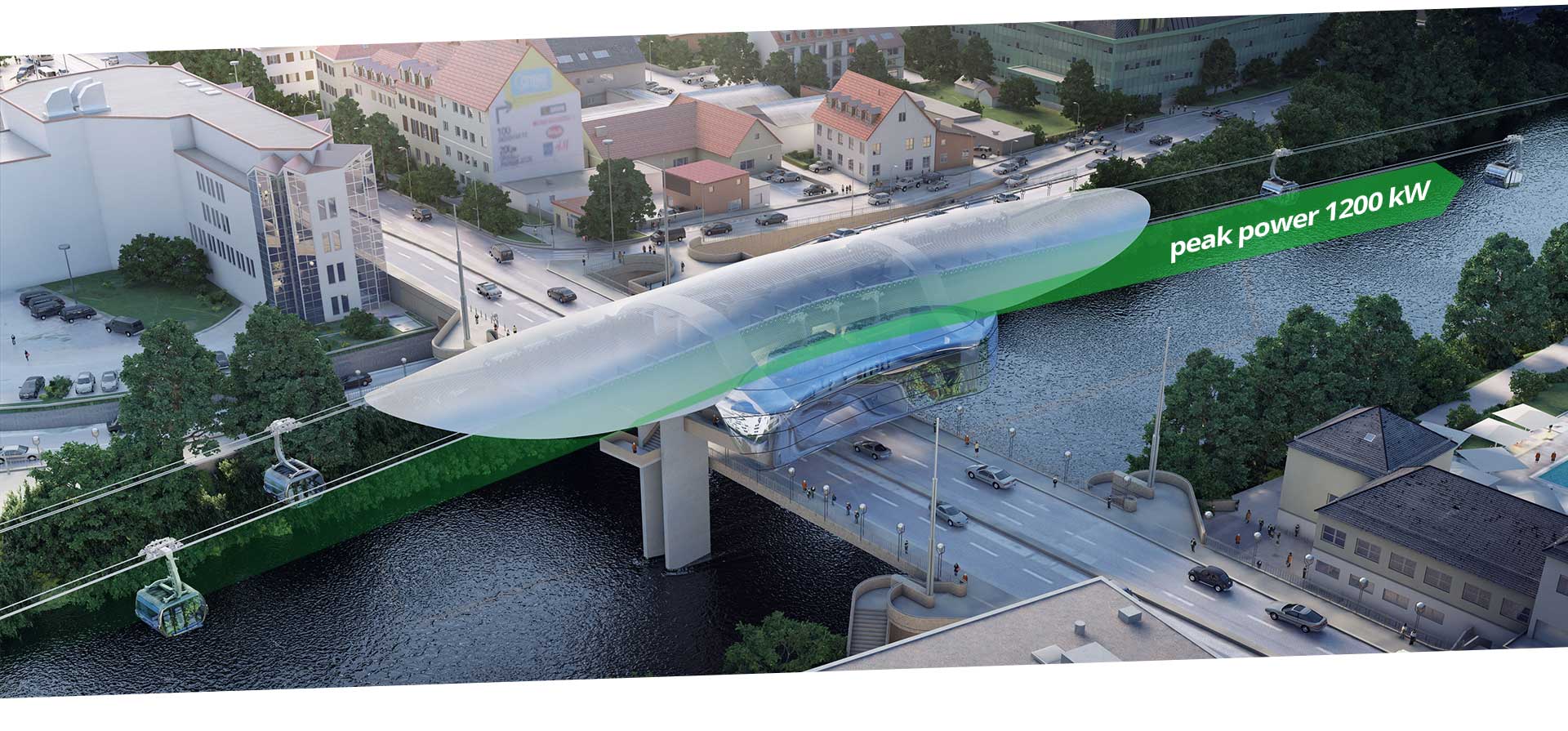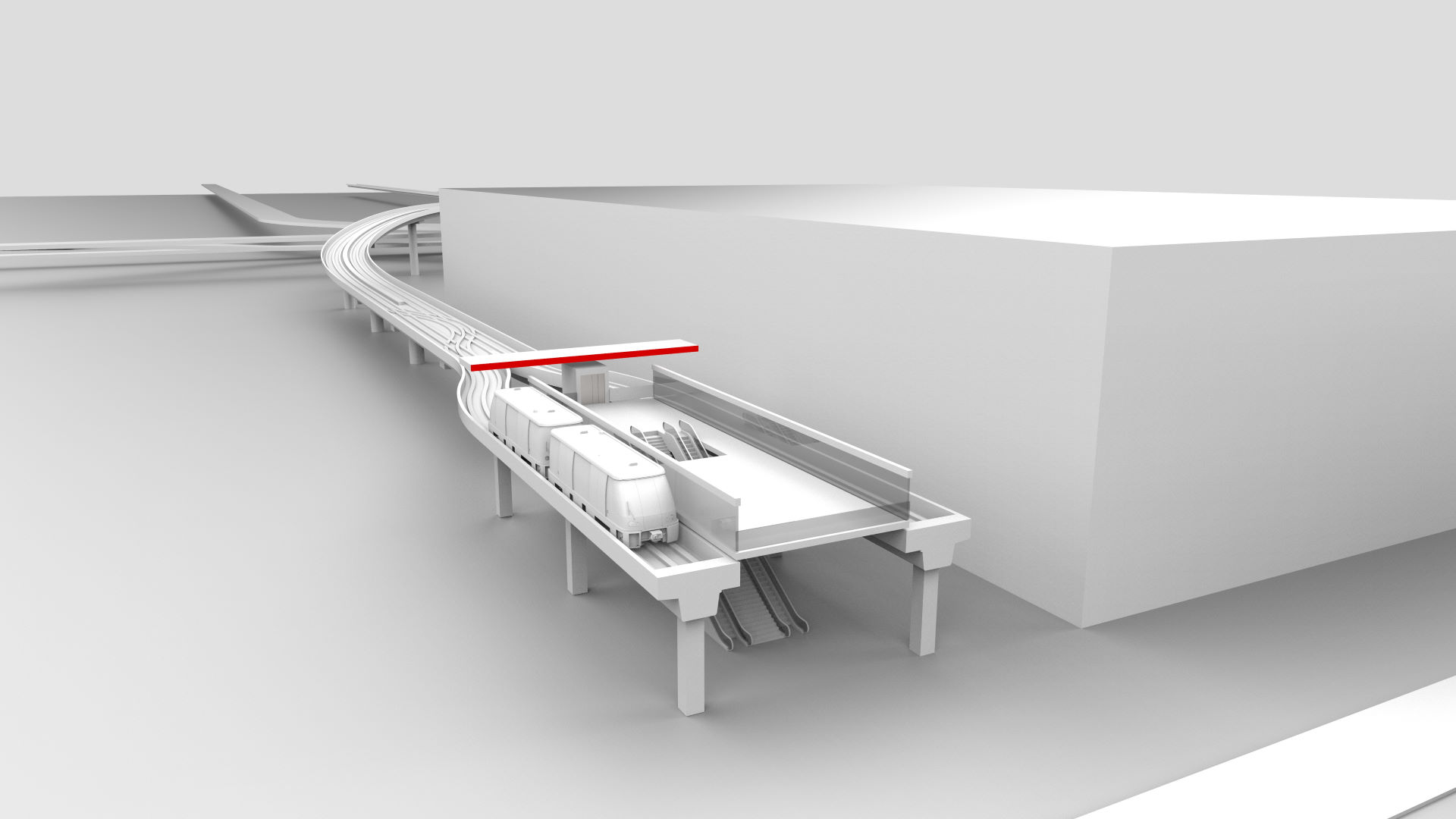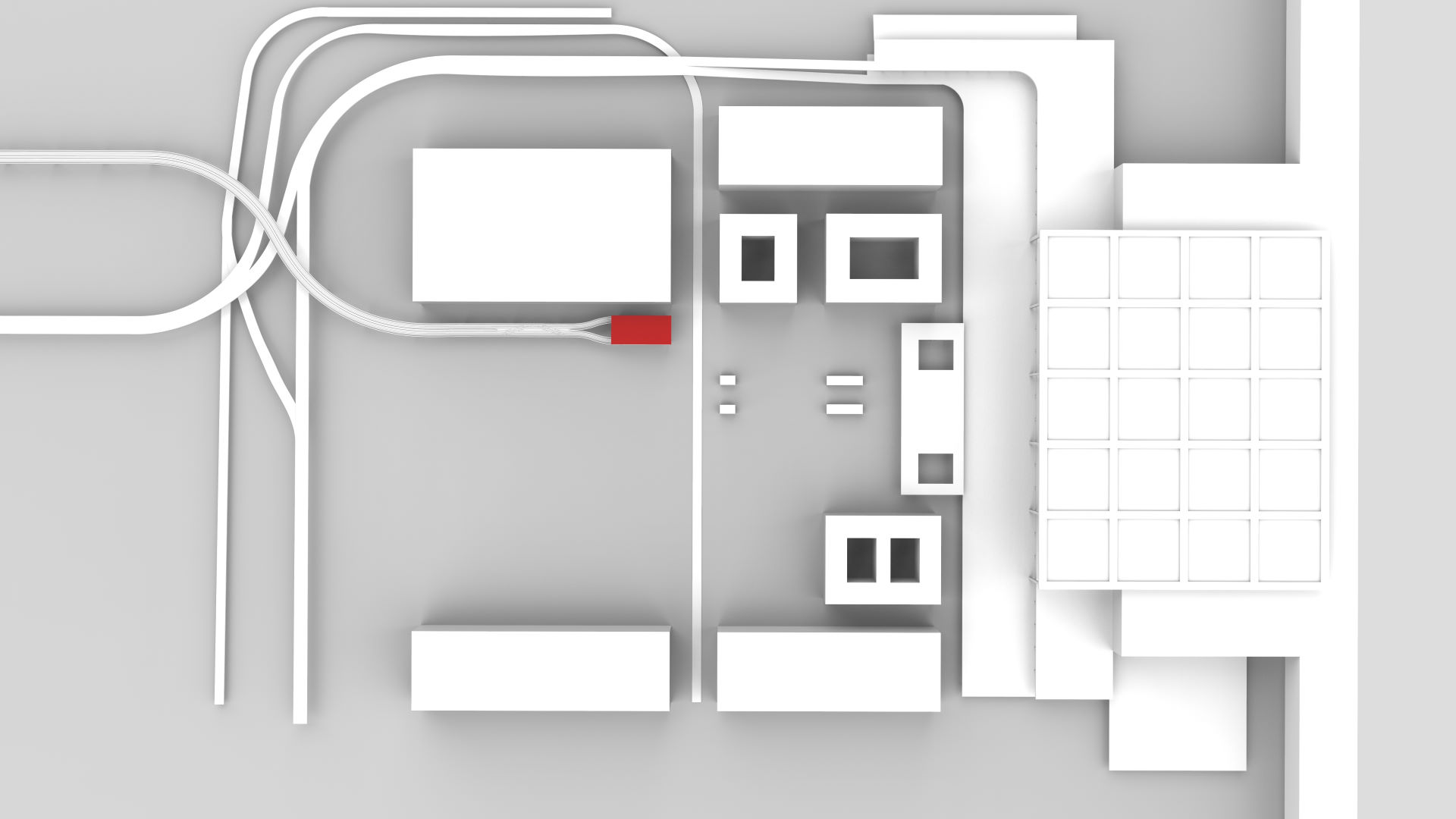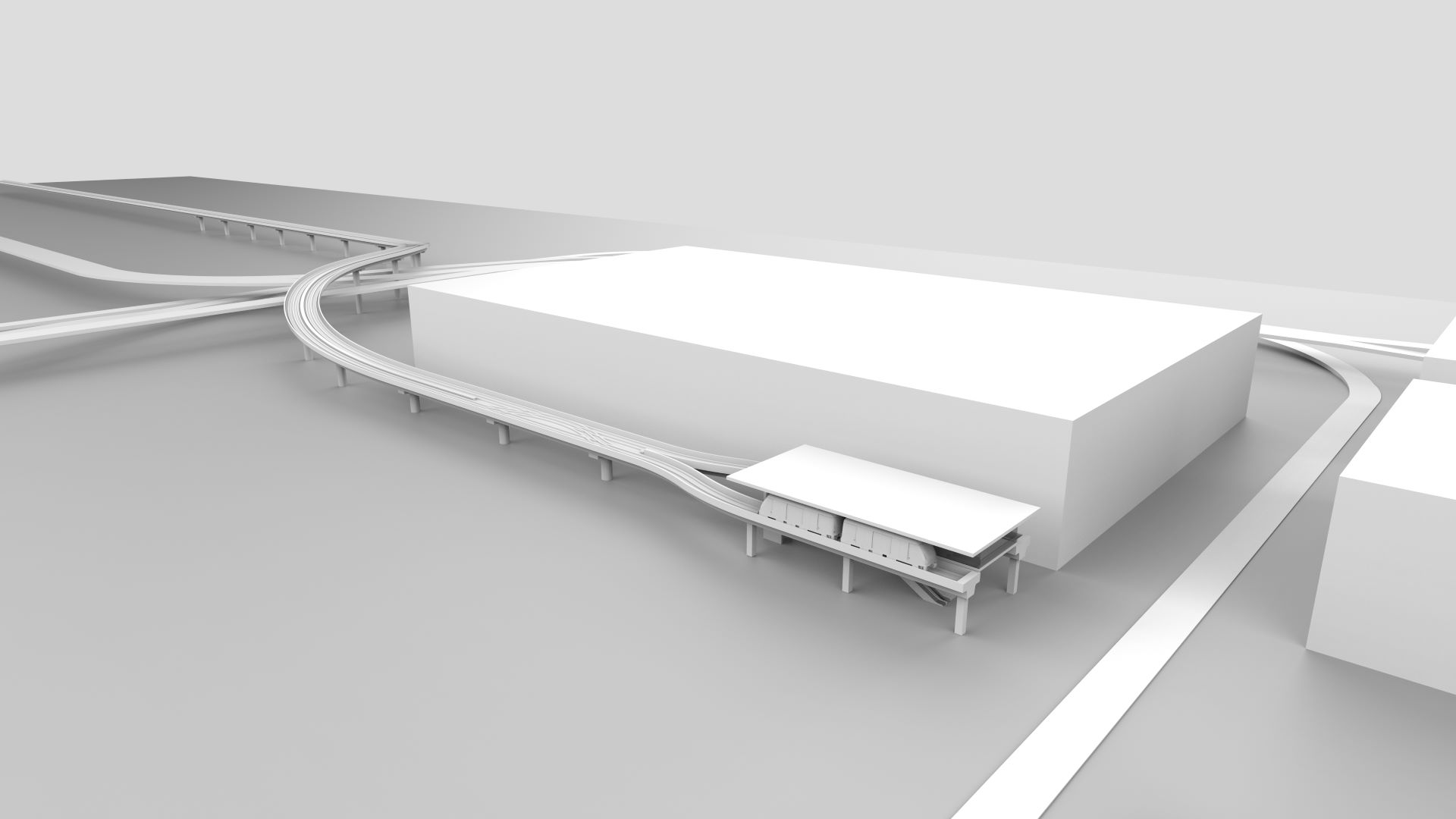
Berlin Brandenburg Airport PTS/APM | Feasibility Study
Flughafen Berlin Brandenburg GmbH (FFB)
Germany
2019 – 2020
Automated People Mover (APM), Maglev, Personal Rapid Transit (PRT), Cable Car, Bus-Tram ART, Multi-articulated Bus
Project description
The new Berlin-Brandenburg Willy Brand Airport (BER) has been opened since 2020.
In 2017, FBB developed a master plan for future increases in passenger numbers to ensure the continuous development at Berlin Airport after 2020 and to be able to provide resources in line with the necessary demand. The master plan serves as a guideline for future infrastructural, urban and real estate development on the BER site.
The current “Airport City” district on the airport side will be replaced by the planned expansion of the terminal infrastructure as a mobility hub. Construction of a new Terminal 3 for up to 18 million passengers is planned by 2030. The main usage areas originally planned for the “Airport City” district are to be reflected in the landside districts “Midfield Gardens” and “Airgate” in the future.
In order to fully exploit the development potential of the landside “Midfield Gardens” and “Airgate” districts, a high-quality and high-performance connection to the existing BER suburban, long-distance and regional railway station is required.
The master plan envisages a fully automated, intersection-free Automated People Mover (APM) system to link the “Airport City” (location of the passenger terminals and the railway station) with the “Midfield Gardens” and “Airgate” districts. In addition, the planned APM will connect the approximately 7,000 employee parking spaces in the eastern “Midfield Gardens” with “Airport City” and the workplaces in the airport’s operational areas.
Service description
The following topics were addressed in the feasibility study:
- Definition of the service level criteria
- Definition of activity centers and connection points
- Performing a passenger potential analysis
- Evaluation of possible alignment options including operation simulations
- Presentation of possible system technologies and variants
- Evaluation and assessment of system technologies
- Calculation of investment and operating costs
- Development of an evaluation matrix for system selection
- System, alignment and station planning
- 3D visualizations
- Presentation of the legal planning framework
- Development of implementation roadmap incl. time scheduling
- Investigation of funding opportunities
- Presentation of possible operation management concepts
- Implementation of economic efficiency calculations
- Identification of further steps


